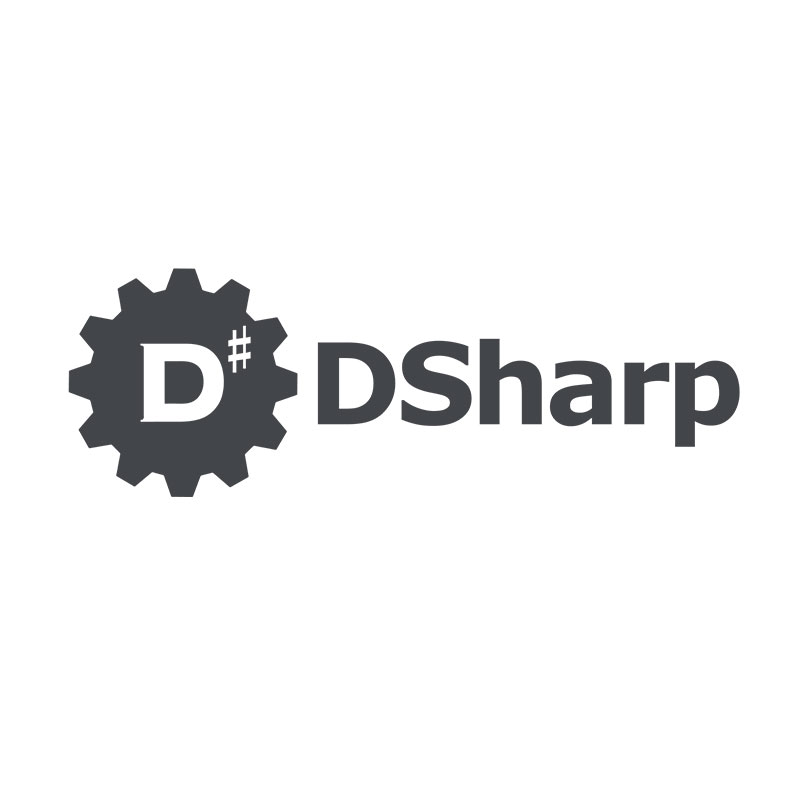DSharp is a software company creating innovative products and methods for low code data platform development and maintenance. We are here to revolutionize the work of the data professional.
DSharp Studio is an innovative no-code automation solution for building Data Platforms. DSharp Studio is designed to minimize manual development and maintenance work by leveraging the expressiveness of Conceptual models. Specify the information you need in your solution by designing your fit-for-purpose Conceptual model, connect it to source data and tweak some details, and you’re done. DSharp Studio converts this less detailed Conceptual model to a more detailed physical database solution that can store, process and publish data that is fully compliant with your original model.
DSharp Studio includes the full modeling capabilities of DSharp Modeler, which is also available separately. In addition, it features the powerful analysis feature that almost does the work for you, and most importantly, the almost magical conversion mechanism that definitely does the work for you.
